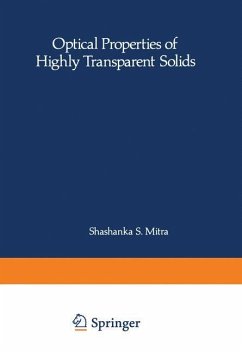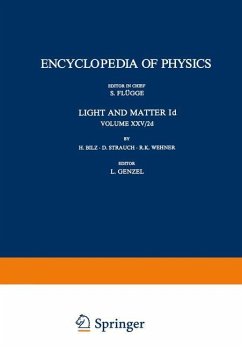
Introduction to Liquid Crystals

PAYBACK Punkte
20 °P sammeln!
The existence of liquid crystals has been known for nearly a centu ry; yet it is only in the last ten years that their unique optical, electri cal, electro-optic, and thermal properties have been exploited to any significant extent in such technological applications as digital d~ plays and thermography. Digital watches equipped with liquid-crys tal displays (LCD's) have recently made their debut in the electronic watch market, and the large-scale use of LCD's in a variety of other applications requiring reliable, low-power digital displays is immi nent. There is good reason to believe that liq...
The existence of liquid crystals has been known for nearly a centu ry; yet it is only in the last ten years that their unique optical, electri cal, electro-optic, and thermal properties have been exploited to any significant extent in such technological applications as digital d~ plays and thermography. Digital watches equipped with liquid-crys tal displays (LCD's) have recently made their debut in the electronic watch market, and the large-scale use of LCD's in a variety of other applications requiring reliable, low-power digital displays is immi nent. There is good reason to believe that liquid crystals will be the first electro-optic materials to find widespread commercial use. Apart from applications, liquid crystals are unique among the phases of matter. Lurking beneath their garish display of color and texture is a great complexity of physical and chemical interaction that is only now beginning to unfold in the face of a decade-old resurgence in all aspects of liquid~rystalresearch. RCA Laboratories has participated in this resurgence from its beginning in the early 1960's and at present maintains active liquid-crystal programs both in basic re search and in device engineering. In view of the widespread interest in liquid crystals at RCA Labo ratories, an in-house weekly seminar devoted to the subject of liquid crystals was organized in the fall of 1973. The resulting lectures were subsequently published in three issues of the RCA Review and, with the incorporation of much additional material, eventually grew into the present volume.














